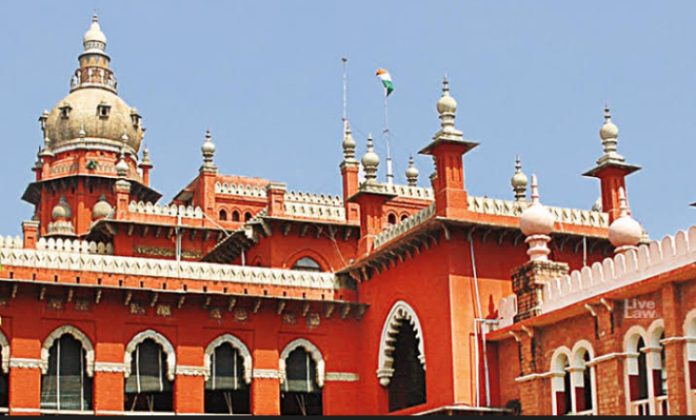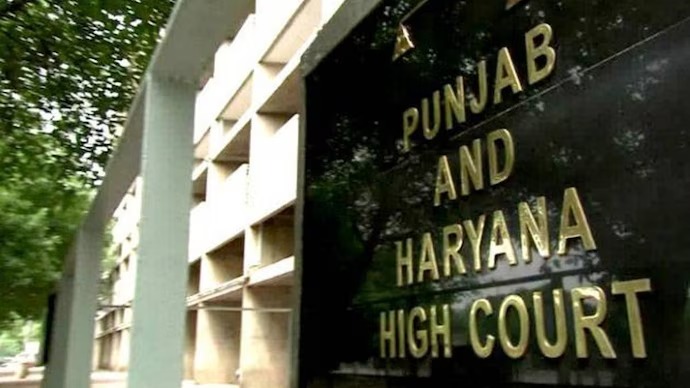@JUDGMENTTAG-ORDER
K. Chandru, J.@mdashThe Petitioner has filed the present Writ Petition seeking to challenge the order of the first Respondent State Government made in G.O. Ms. No. 248, Municipal Administration and Water Supply Department, dated 17.12.2009.
2. It is seen from the records that the Petitioner was the owner of the land in several Survey numbers starting from S. No. No. 177/2B, to an extent of 5 acres 22 cents, in Pattukkottai Town and also Survey number to an extent of 3 acres and 13 cents in Santhankadu Village, Pattukkottai Taluk, Thanjavur District. The lands were acquired for construction of a Water Storage Tank in the year 1969 and possession was taken over as early as 15.03.1972. Subsequently, the Petitioner and the other owners of the land challenged the acquisition and sought for quashing of the order in G.O. Ms. No. 1801, Rural Development and Local Administration Department, dated 05.12.1983. By the aforesaid Government Order, the first Respondent Government permitted the Pattukkottai Municipal Council viz., the second Respondent herein, to hand over the land to the Pattukottai Polytechnic Society. The Writ Petition in W.P. No. 1548 of 1984, came to be disposed of by a final order dated 09.03.1992 and while the writ petition was dismissed, they are at liberty to move the State Government claiming the benefit of the Board Standing Order. Subsequently, the Petitioner sent a representation to the Hon''ble Minister for Rural Development and Local Administration, claiming reconveyance of the said land, in terms of the Revenue Board Standing Order. Thereafter, the Petitioner also filed a Suit in the District Munsif Court Pattukkottai, seeking for a mandatory injunction, directing the State and the Municipality as well as the Polytechnic Society, to sell the Suit property to the Petitioner by receiving the market value. The Suit was numbered as O.S. No. 89 of 2000, on the file of the District Munsif Court, Pattukkottai. In the mean while, on finding that the State Government permitting the Society to sell the land on a rate fixed by the State Government to the Polytechnic Society, the present Writ Petition came to be filed.
3. The writ petition was admitted on 07.06.2000 and in the application for Stay, only notice was ordered. On notice from this Court, the secondRespondent Municipality has filed a counter affidavit, dated 17.09.2009 stating that only apportion of the land was used for the Water Storage Tank and the remaining land was to be retained for future water supply. It is also claimed that it isn''t open to them to sell the land, as claimed by the Petitioner. The counsel for the Petitioner made two contentions that since the original purpose for which the acquisition made was not fulfilled, even in terms of Section 48-B of the Land Acquisition Act, the Petitioner is entitled to for reconveyance. Therefore, the selling of the land to a 3rd party Society, is not permissible. The second contention is stated that public purpose, as required under the Land Acquisition Act, is only for the public institution and not to a private society like a polytechnic society.
4. In the present case, knowing fully well that the lands were sold to the Polytechnic Society for establishing a Polytechnic in Pattukkottai, the Petitioner did not made the said Polytechnic, who was the beneficiary of the Government Order, as a party to the Writ Petition. Even otherwise, the term,'' public purpose'', as found in the Land Acquisition Act, cannot be understood in a narrow sense and selling of land to a private School came to be considered by the Supreme Court in
2.... But it is an educational agency defined u/s 3(b) of the Act and therefore, it is a deemed school established under the Act by operation of Section 3(b). Accordingly the Appellant-School has been receiving grants-in-aid under the Act. Under Article 29(2) of the Constitution.
No citizen shall be denied admission into any educational institution maintained by the State or receiving aid out of State funds on grounds only of religious, race, caste, language or any of them.
Thereby the educational institution receiving aid is an instrumentality or education agency of the State imparting education on behalf of the State which is a fundamental right of the citizens. It is not in dispute that the entire expenditure for the acquisition is being met from the public funds, as accepted by the High Court. Under those circumstances, it is clearly a case of public purpose.
5. Therefore, the second contention raised by the counsel does not merit acceptance. On the question of reconveyance u/s 48-B. The Supreme Court recently had an occasion to consider the scope of the power u/s 48-B. In
28. It need no emphasis that in exercise of power u/s 48-B of the Act, the Government can release the acquired land only till the same continues to vest in it and that too if it is satisfied that the acquired land is not needed for the purpose for which it was acquired or for any other public purpose. To put it differently, if the acquired land has already been transferred to other agency, the Government cannot exercise power u/s 48-B of the Act and reconvey the same to the original owner. In any case, the Government cannot be compelled to reconvey the land to the original owner if the same can be utilized for any public purpose other than the one for which it was acquired.
29. Before concluding, we may notice the judgment of this Court in T.N. HousingBoard v. Keeravani Ammal. The question considered in that case was whether the Division Bench of the High Court could direct release of the acquired land which had been transferred to the Appellant-Board. While setting aside the impugned order, this Court observed: (SCC pp. 261-62 paras 13-16)
13. It is clearly pleaded by the State and the Tamil Nadu Housing Board that the scheme had not been suspended or abandoned and that the lands acquired are very much needed 23 for the implementation of the scheme and the steps in that regard have already been taken. In the light of this position, it is not open to the Court to assume that the project has been abandoned merely because another piece of land in the adjacent village had been released from acquisition in the light of orders of the Court. It could not be assumed that the whole of the project had been abandoned or has become unworkable. It depends upon the purpose for which the land is acquired. As we see it, we find no impediment in the lands in question being utilized for the purpose of putting up a multi-storied building containing small flats, intended as the public purpose when the acquisition was notified. Therefore, the High Court clearly erred in proceeding as if the scheme stood abandoned. This was an unwarranted assumption on the part of the Court, which has no foundation inthe pleadings and the materials produced in the case. The Court should have at least insisted on production of materials to substantiate a claim of abandonment.
14. We have already noticed that in the writ petition, there are no sufficient allegations justifying interference by the Court. Mere claim of possession by the writ Petitioners is not a foundation on which the relief now granted could have been rested either by the learned Single Judge or by the Division Bench of the High Court. On the materials, no right to relief has been established by the writ Petitioners.
15. We may also notice that once a piece of land has been duly acquired under the Land Acquisition Act, the land becomes the property of the State. The State can dispose of the property thereafter or convey it to any one, if the land is not needed for the purpose for which it was acquired, only for the market value that may be fetched for the property as on the date of conveyance. The doctrine of public trust would disable the State from giving back the property for anything less than the market value. In State of Kerala v.M. Bhaskaran Pillai in a similar situation, this Court observed: (SCC p.433, para 4)
''4.... The question emerges whether the Government can assign the land to the erstwhile owners? It is settled law that if the land is acquired for a public purpose, after the public purpose was achieved, the rest of the land 24 could be used for any other public purpose. In case there is no other public purpose for which the land is needed, then instead of disposal by way of sale to the erstwhile owner, the land should be put to public auction and the amount fetched in the public auction can be better utilized for the public purpose envisaged in the Directive Principles of the Constitution. In the present case, what we find is that the executive order is not inconsonance with the provision of the Act and is, therefore, invalid. Under these circumstances, the Division Bench is well justified in declaring the executive order as invalid. Whatever assignment is made, should be for a public purpose. Otherwise, the land of the Government should be sold only through the public auctions so that the public also gets benefited by getting a higher value." 16. Section 48-B introduced into the Act in the State of Tamil Nadu is an exception to this rule. Such a provision has to be strictly construed and strict compliance with its terms insisted upon. Whether such a provision can be challenged for its validity, we are not called upon to decide here.
6. In the light of the binding precedents and factual matrix involved in this Writ Petition, the Writ Petition is misconceived and accordingly, stands dismissed. No costs. Consequently, connected miscellaneous petition is also dismissed.

